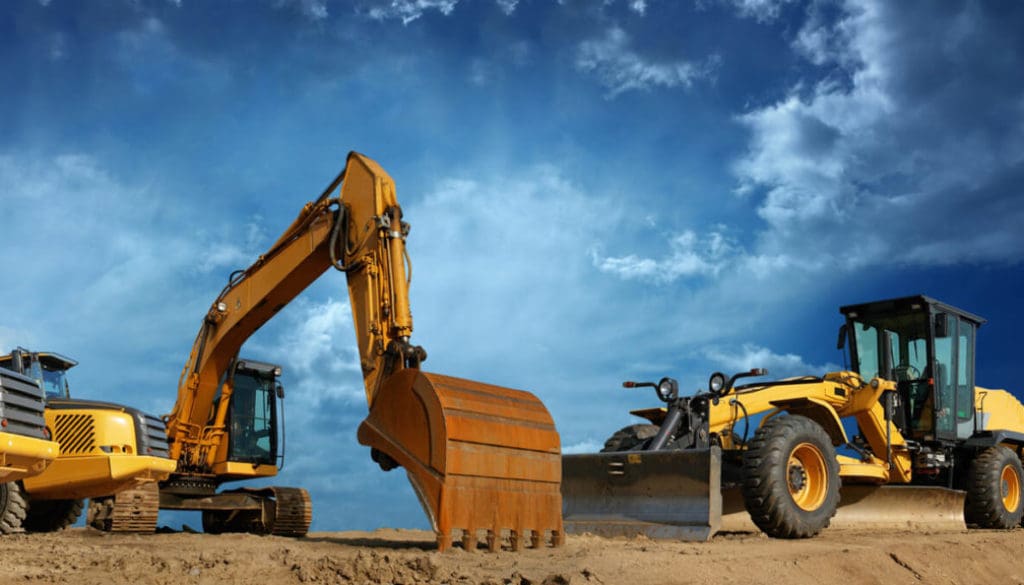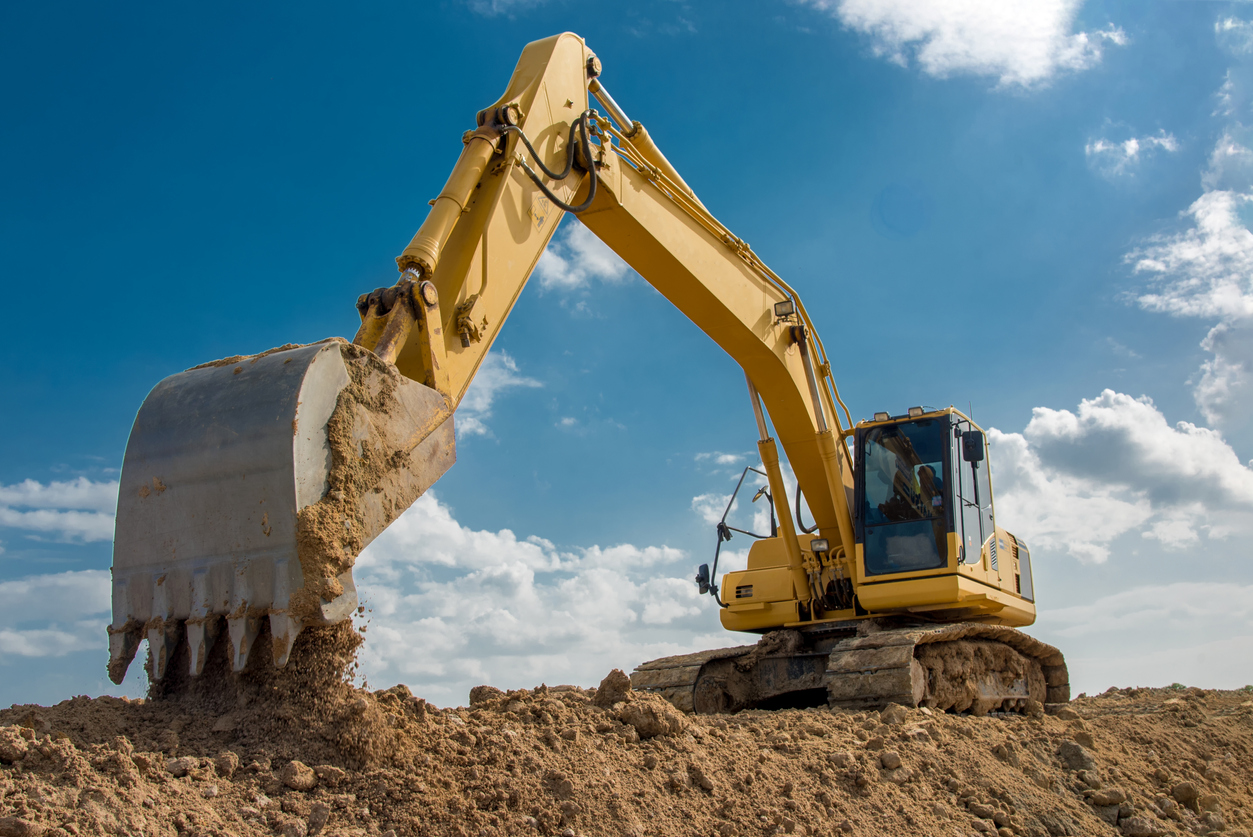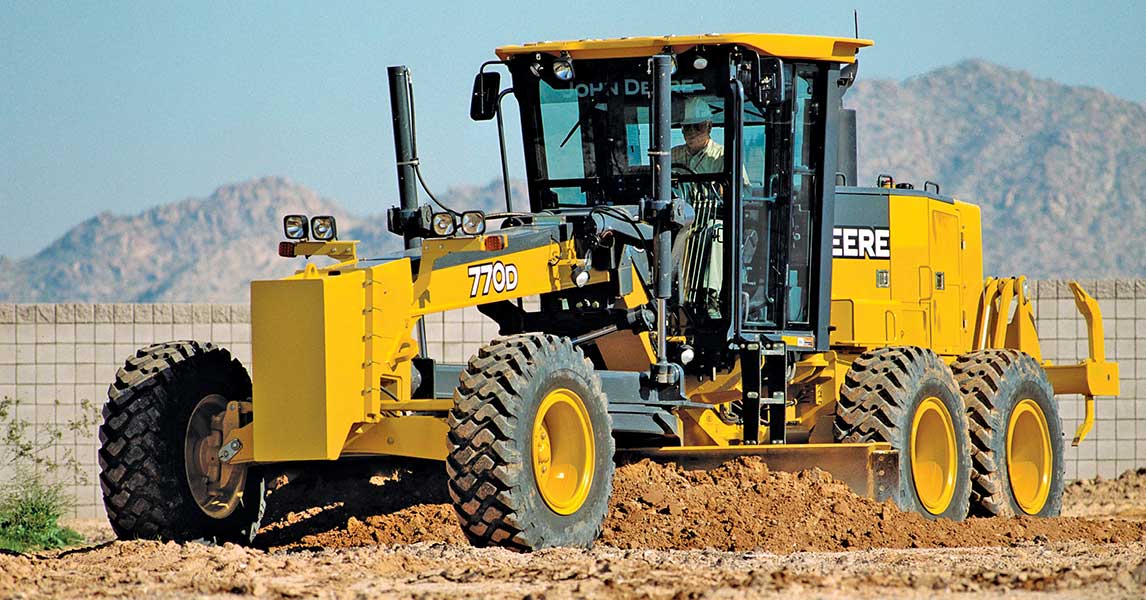Leasing Vs. Buying Building Tools: Making the Right Selection for Your Task
When getting started on a construction project, one of the critical choices that forecast supervisors and stakeholders encounter is whether to lease or purchase construction tools. The choice pivots on various aspects such as cost considerations, task period, equipment upkeep, adaptability, danger, and scalability monitoring.
Cost Factors To Consider
Leasing equipment often calls for lower first payments contrasted to purchasing, making it an eye-catching alternative for short-term tasks or service providers with budget plan constraints. In the long run, continually renting tools can accumulate greater expenses than acquiring, specifically for extended jobs.
On the other hand, buying building and construction devices entails greater in advance expenses however can result in lasting financial savings, specifically for lasting jobs or frequent individuals. Ultimately, the decision between acquiring and renting construction equipment pivots on the task's period, frequency of usage, spending plan factors to consider, and long-lasting economic objectives.
Task Duration

On the other hand, for long-term jobs or ongoing building work, acquiring devices could be the extra economical option. Investing in tools can result in set you back savings in the future, particularly if the devices will certainly be frequently utilized. Additionally, having equipment supplies a sense of control over its schedule and allows for personalization to fit specific project demands.

Devices Maintenance
Given the important role task period plays in establishing the most economical method in between renting out and purchasing building tools, the emphasis currently shifts towards examining the necessary facet of equipment maintenance. On the other hand, having tools needs a positive approach to maintenance to protect against failures, ensure security, and prolong the tools's life-span. Inevitably, a well-maintained building tools fleet, whether rented or possessed, is crucial for the effective and efficient completion of building and construction tasks.
Adaptability and Scalability
In the realm of building and construction tools management, the aspect of adaptability and scalability holds substantial relevance for task effectiveness and resource utilization. Deciding to rent out building tools supplies a high degree of flexibility as it permits for the quick change of devices types and amounts based on the developing needs of a task. Renting makes it possible for professionals to access a large range of specific tools that might be required for details jobs without the long-term commitment of possession. This versatility is specifically beneficial for jobs with differing requirements or unclear periods (forklift rental).
In addition, scalability, one more essential element, is naturally connected to versatility. Leasing building and construction devices uses the advantage of quickly scaling procedures up or down as job demands fluctuate. Specialists can quickly add or exchange devices to match the project's changing requirements without the restraints of having assets that might come to be underutilized or obsolete. This capability to range sources successfully can result in price financial savings and boosted task timelines, making renting a desirable choice for jobs calling for flexibility and receptive resource allotment.
Risk Administration
Reliable risk monitoring in building and construction equipment operations is vital to ensuring task success and mitigating possible monetary losses. Building and construction tasks naturally involve different threats, such as equipment breakdowns, mishaps, and task hold-ups, which can considerably affect the job timeline and budget plan. By meticulously thinking about the risks connected with owning or renting building and construction tools, concrete equipment for sale task managers can make informed choices to minimize these possible risks.
Renting building equipment can offer a level of risk mitigation by transferring the duty of upkeep and repair services to the rental business. This can lower the monetary burden on the job proprietor in instance of unanticipated devices failings (dozer rental). news Furthermore, leasing provides the adaptability to accessibility customized devices for specific job phases, reducing the threat of owning underutilized machinery
On the various other hand, possessing construction tools provides a feeling of control over its use and maintenance. Nevertheless, this also means bearing the full duty for repair services, upkeep expenses, and devaluation, raising the economic risks connected with devices possession. Careful threat evaluation and consideration of factors such as project duration, equipment application, and maintenance demands are important in identifying one of the most suitable option for effective threat management in building jobs.
Verdict
In verdict, when deciding in between renting and purchasing building equipment, it is essential to think about cost, project period, tools upkeep, scalability, flexibility, and danger monitoring. Each variable plays an important role in identifying one of the most ideal alternative for the job at hand. By carefully evaluating these facets, job managers can make an enlightened decision that lines up with their budget, timeline, and total job goals.
